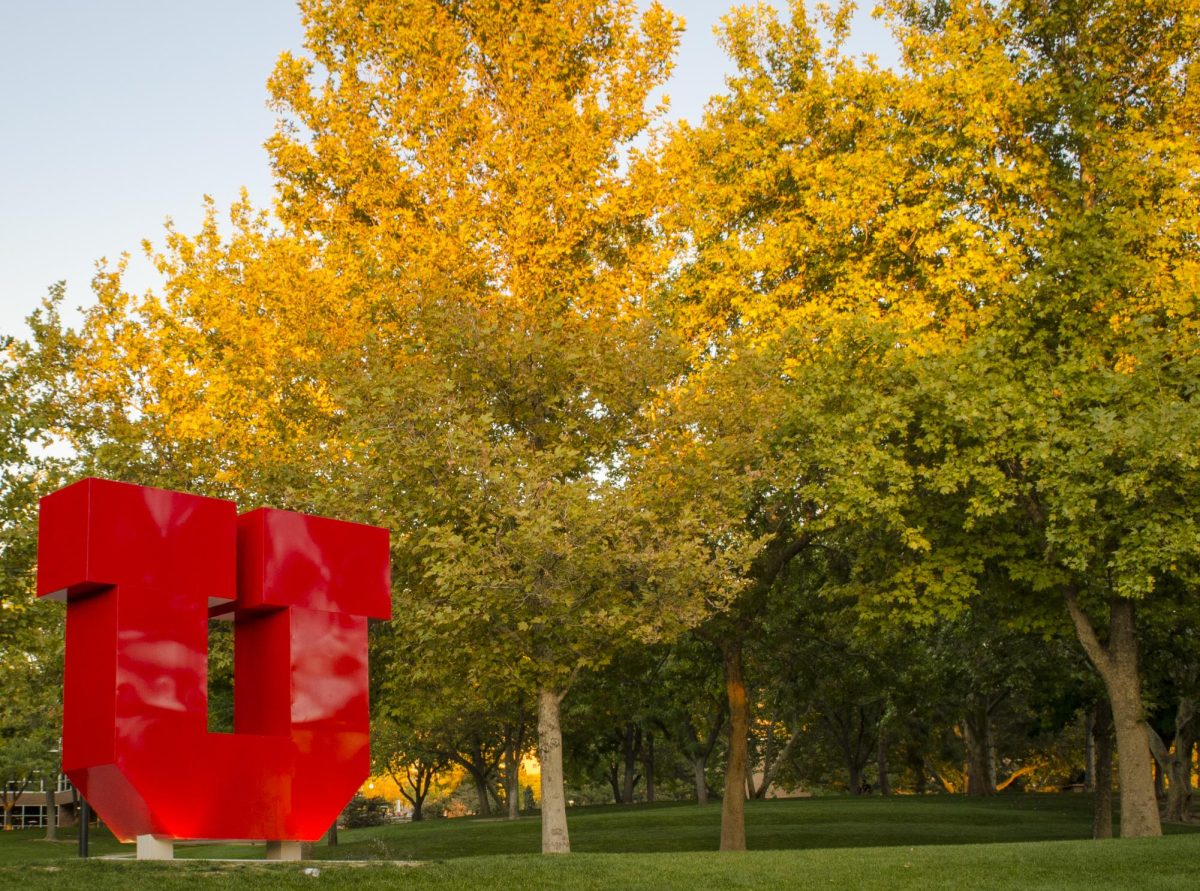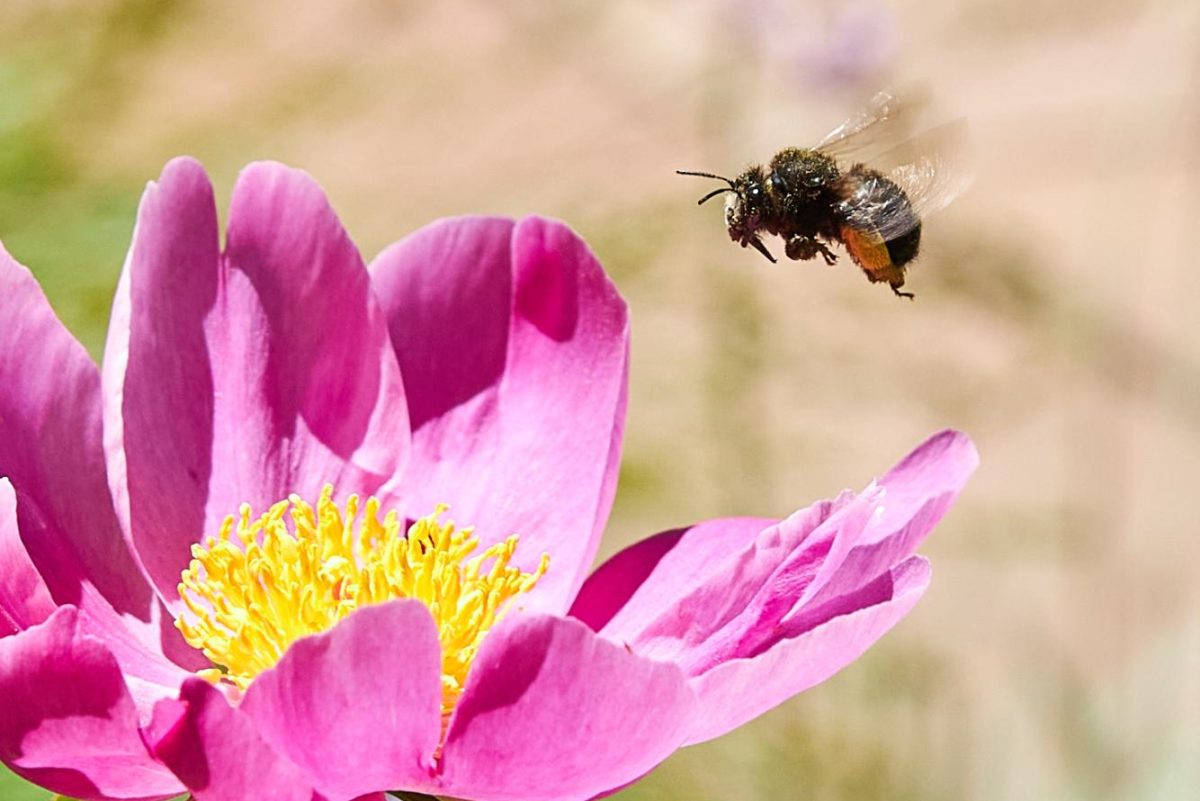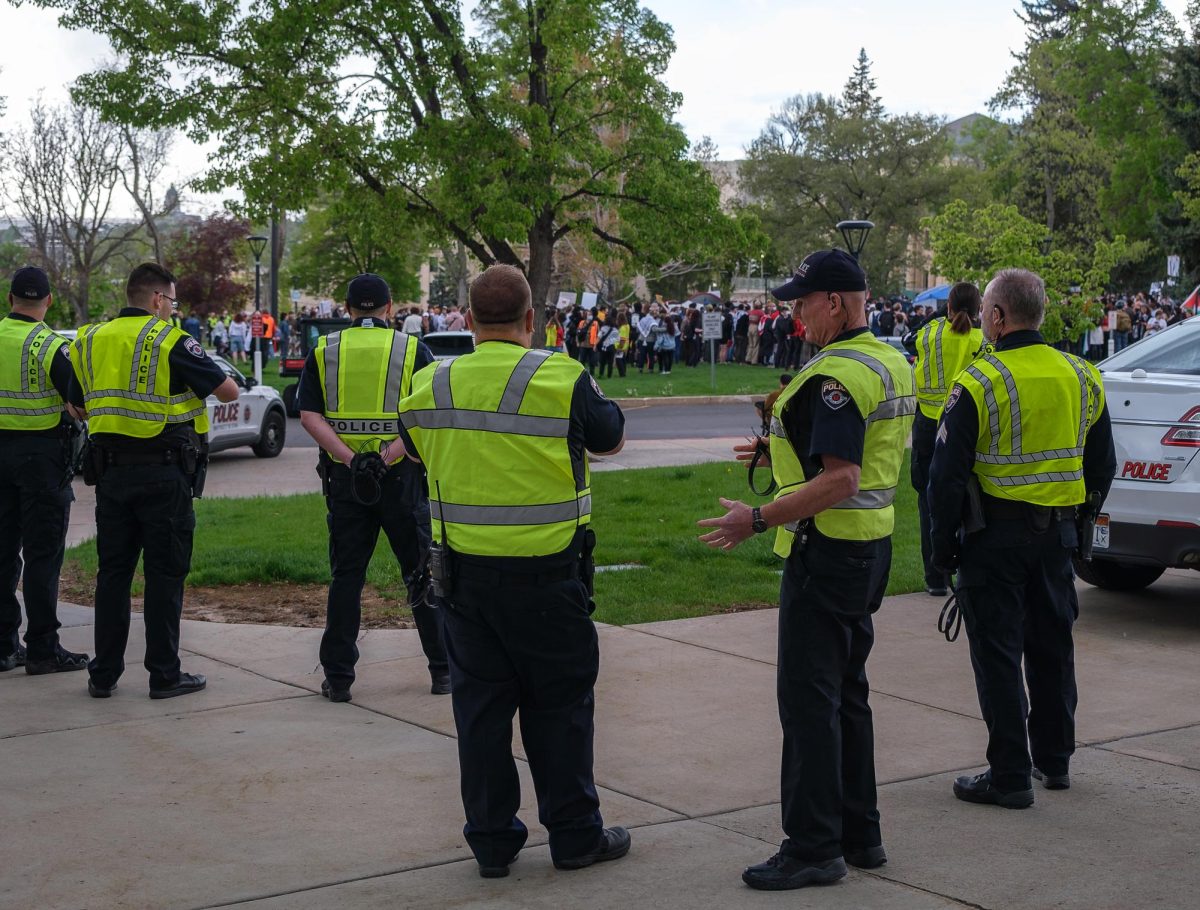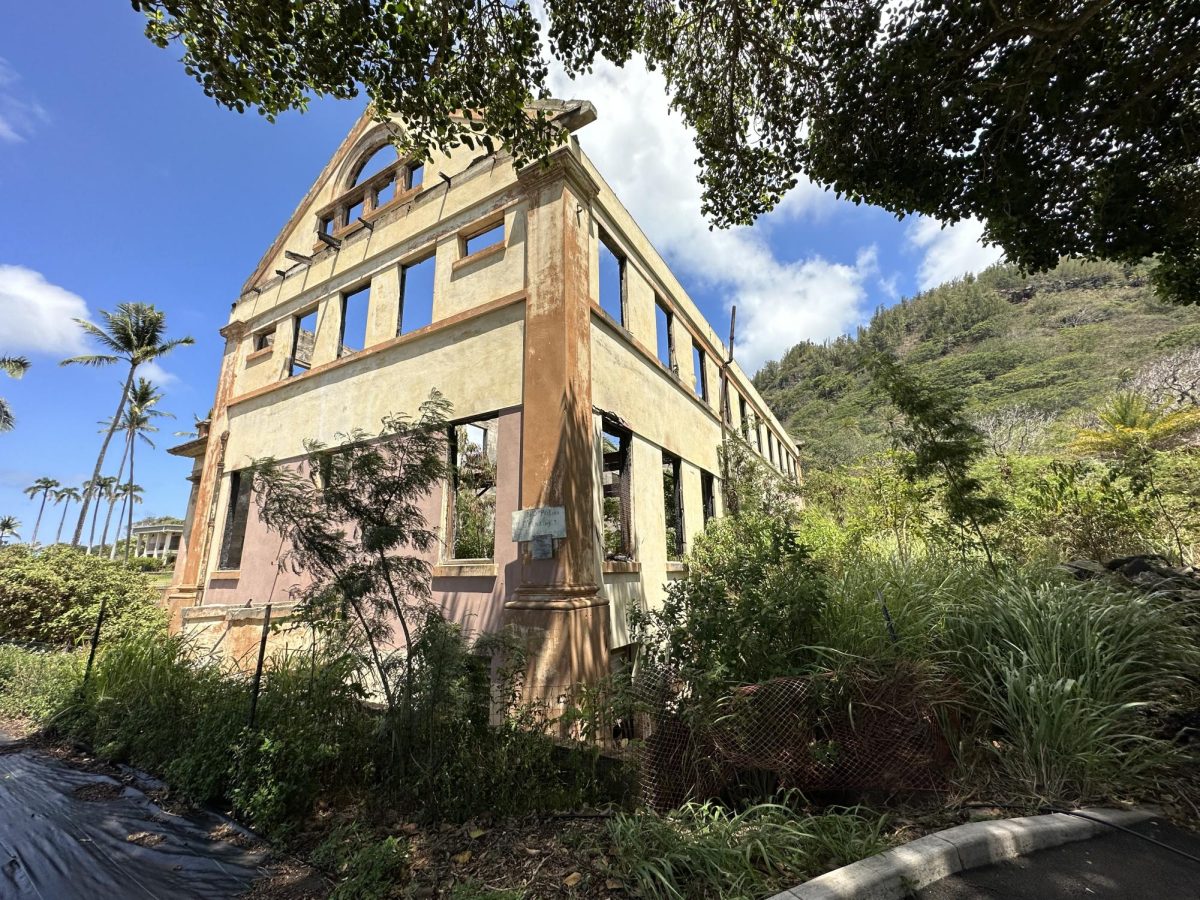On the northern shores of Oahu lay the ruins of Hawaii’s detention center for boys.
Opened in 1903, the Waialeʻe Industrial School for Boys incarcerated children for petty theft and truancy. There, boys learned the “habits of industry.” Older kids were bound to employers and worked in plantations and trade shops. Sometimes, they were leased out to families for domestic duties. Runaways were chained in dark cellars, and disobedient boys were beaten and lashed as punishment.
Maile Arvin, an associate professor of history and gender studies at the University of Utah, is working on a project about the school. The project focuses on community-based oral history research and story-mapping of the Waialeʻe Industrial School for Boys. Arvin received a $29,445 grant from the National Endowment of the Humanities for the project.
Researching the Waialeʻe Industrial School
The North Shore Community Land Trust is directly facilitating the grant. The Trust is a non-profit that stewards the land where some remnants of the Waialeʻe Industrial School for Boys are located. Some of the grant funding will also go to the Trust’s land restoration efforts.
Eliana Massey, an undergraduate research assistant majoring in philosophy of science and museum studies, said the Trust will also provide input on how the history of the boys’ school will be presented.
“For example, should we give names of children or should we use pseudonyms? Or what kind of information should be publicly available versus more privately shared?” Massey said.
Arvin said the next step in the research is having community meetings in June. What kind of digital history website community members will find the most useful, what should be done with the remnants of the boy’s school and whether a memorial site would be appropriate are topics these meetings will cover.
“I’ve become really interested in why this history isn’t really known in Hawaii, even though a lot of people have family who used to work at these institutions. Or, they have ancestors who were themselves children at these institutions,” Arvin said.
The research project is called Nā Lei Poina ʻOle, which translates to ‘Beloved Children Never Forgotten.’ Arvin said the belief that Hawaiian parents were unfit to raise children was one reason for the existence of the reformatory schools. So, showing how children have always been valued in Hawaii is one of the project’s goals.
“We’re hoping that by centering our work in Hawaiian cultural values and practices that it makes clear that native Hawaiians have always really valued children and have a lot of expertise in raising children,” she said.
Waialeʻe and Indian Boarding Schools
The grant funding is part of the Federal Indian Boarding School Initiative. The Initiative has awarded over $400,000 to support Tribal Nations and local community organizations to research the legacy of Federal Indian boarding schools in 11 states.
As part of the federal initiative, the U.S. Department of the Interior released an investigative report in 2022. It looked at the lasting impact of the Federal Indian boarding school system. The report found the U.S. government operated or supported 408 boarding schools across 37 states. At least 53 children’s burial sites were found throughout the system.
The department’s report listed seven boarding schools in Hawaii. Still, Arvin said the industrial schools were distinct from the boarding school system on the mainland.
“Native American communities were targeted wholesale. Almost all of their children were forced in some way to go to these institutions,” she said. “In Hawaii … technically, they had to have committed a crime to be sent there, and in practice, it consistently … was native [Hawaiian] children who are disproportionately represented.”
Arvin added another difference was native Hawaiian children were not the only ones targeted; children of Asian immigrants and other ethnic minorities were also placed in these schools. Additionally, the reformatory schools operated on a smaller scale than the boarding schools on the mainland.
The research project started before the federal report was published and focused on multiple industrial schools in Hawaii. Arvin said the grant will fund research focused primarily on the boys’ school. But, it should help create a blueprint for conducting research with communities connected to the other reformatories, she added.
Kawailoa Industrial School for Girls
The Kawailoa Industrial School for Girls opened in 1929 and imprisoned girls for perceived sexual wrongdoing. This included acts like “improper association with boys” and premarital sex.
Arvin said, just like at the boys’ school, the girls performed agricultural and domestic work to make the school self-sufficient. She added the girls were often being trained to become domestic laborers once they left the detention center.
Callie Avondet, undergraduate research assistant and Digital Matters intern, said she found reports of girls escaping by stacking up mattresses, tearing out metal bars and repelling from the side of buildings.
“I think that’s an important story to be told alongside these institutions because they are harsh and repressive, and because of that, you also see these teenagers resisting in creative and powerful ways,” Avondet said.
The Kawailoa Industrial School for Girls never closed entirely. The school transitioned into Hawaii Youth Correctional Facility, which remains in operation.














